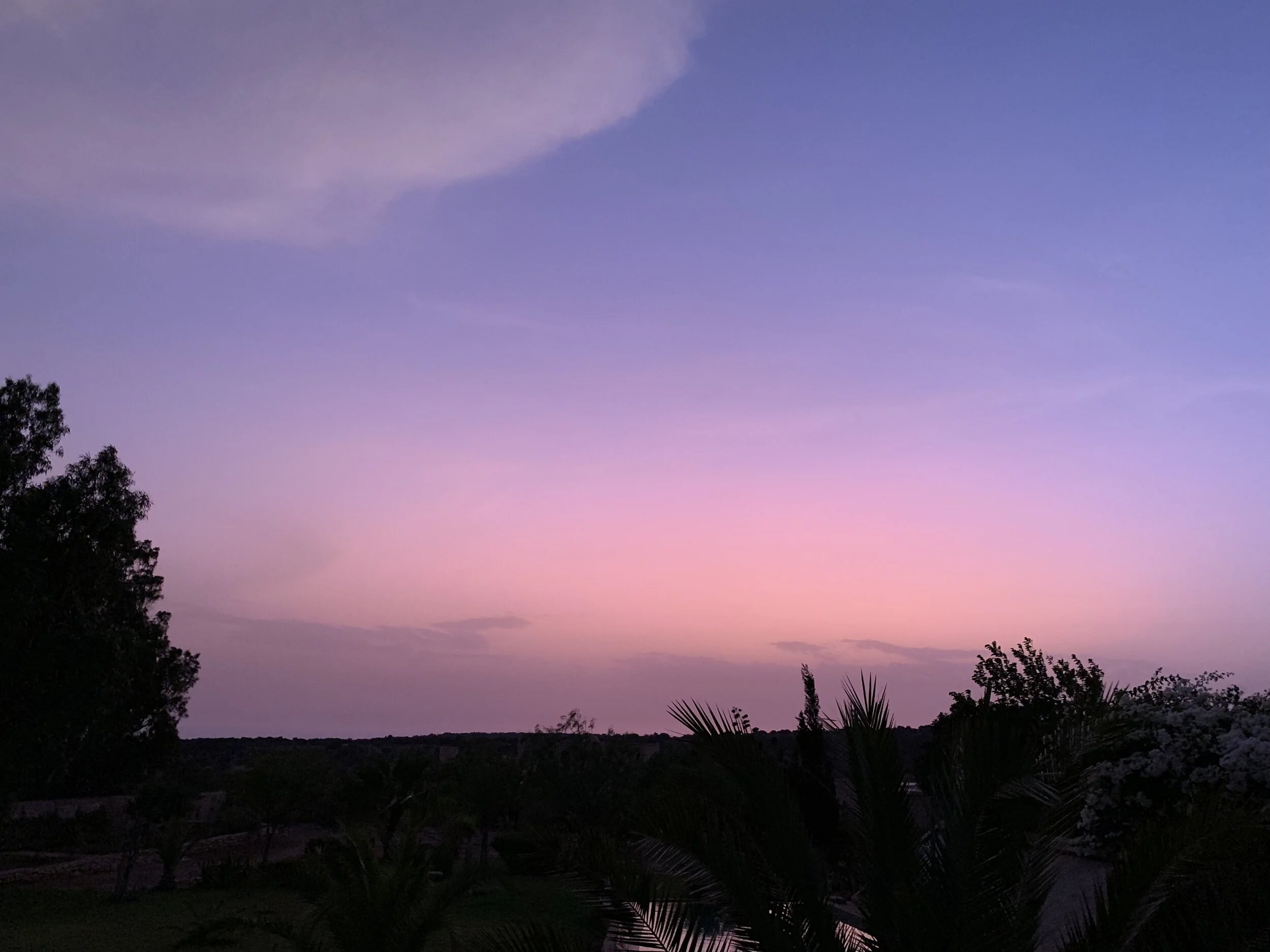“A certain level of anxiety and sadness is not surprising and perhaps to be expected,” given the social isolation, fear, economic distress, and disruption in routines caused by the pandemic, she said.
Coley said the question was whether the feelings would “dissipate quickly as things get back to normal” or propel “some people into a significant mental health crisis and longer-term mental health problems.”
The researchers noted that previous studies have also found the pandemic was harming the population’s mental health, but they said they were looking to gain “a far more expansive view” and break down trends by demographic groups.
“I think this is broadly consistent with existing research, that there has been a substantial increase in mood-anxiety disorders during COVID-19, and that there is a gap between service availability and need,” said Dr. Sandro Galea, dean of the Boston University School of Public Health and senior author of a study published in September on the rise in depression symptoms during the pandemic.
“The magnitude of the increase in mental disorders here is higher than that shown in other work, but that may be difference in measurement, and we need more science to emerge to settle on the likeliest scope of the increased burden of poor mental health in the population,” Galea said in an e-mail.
Click here to read the full article.
